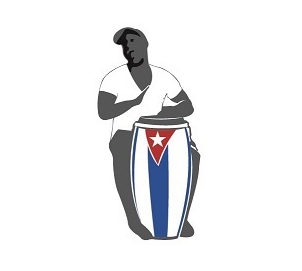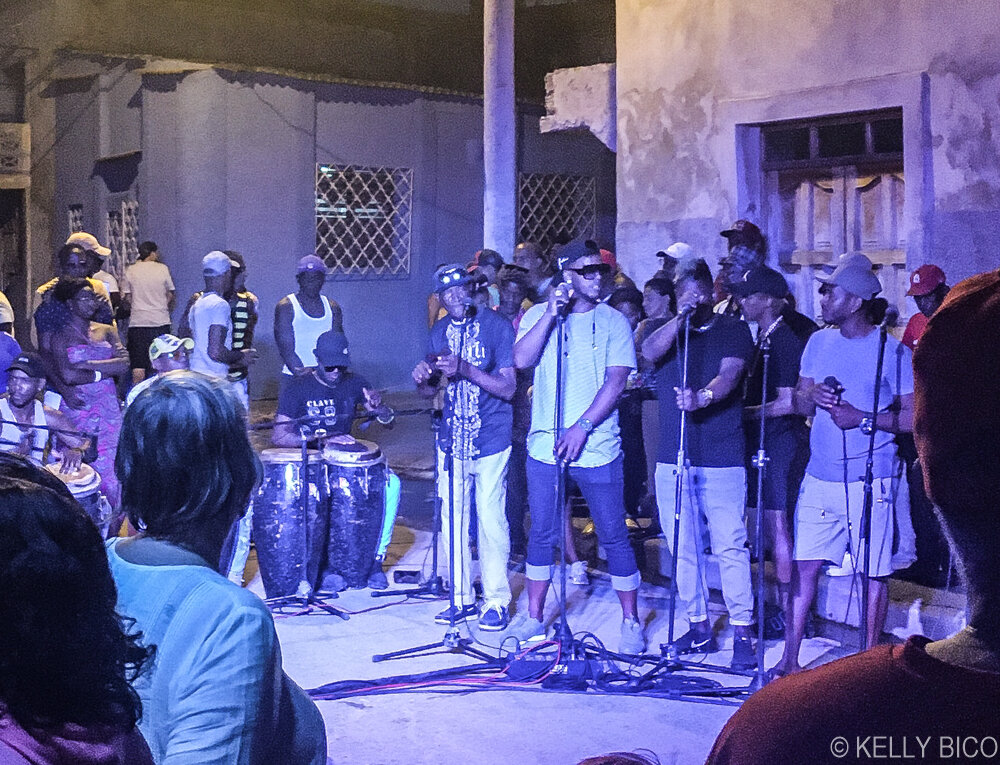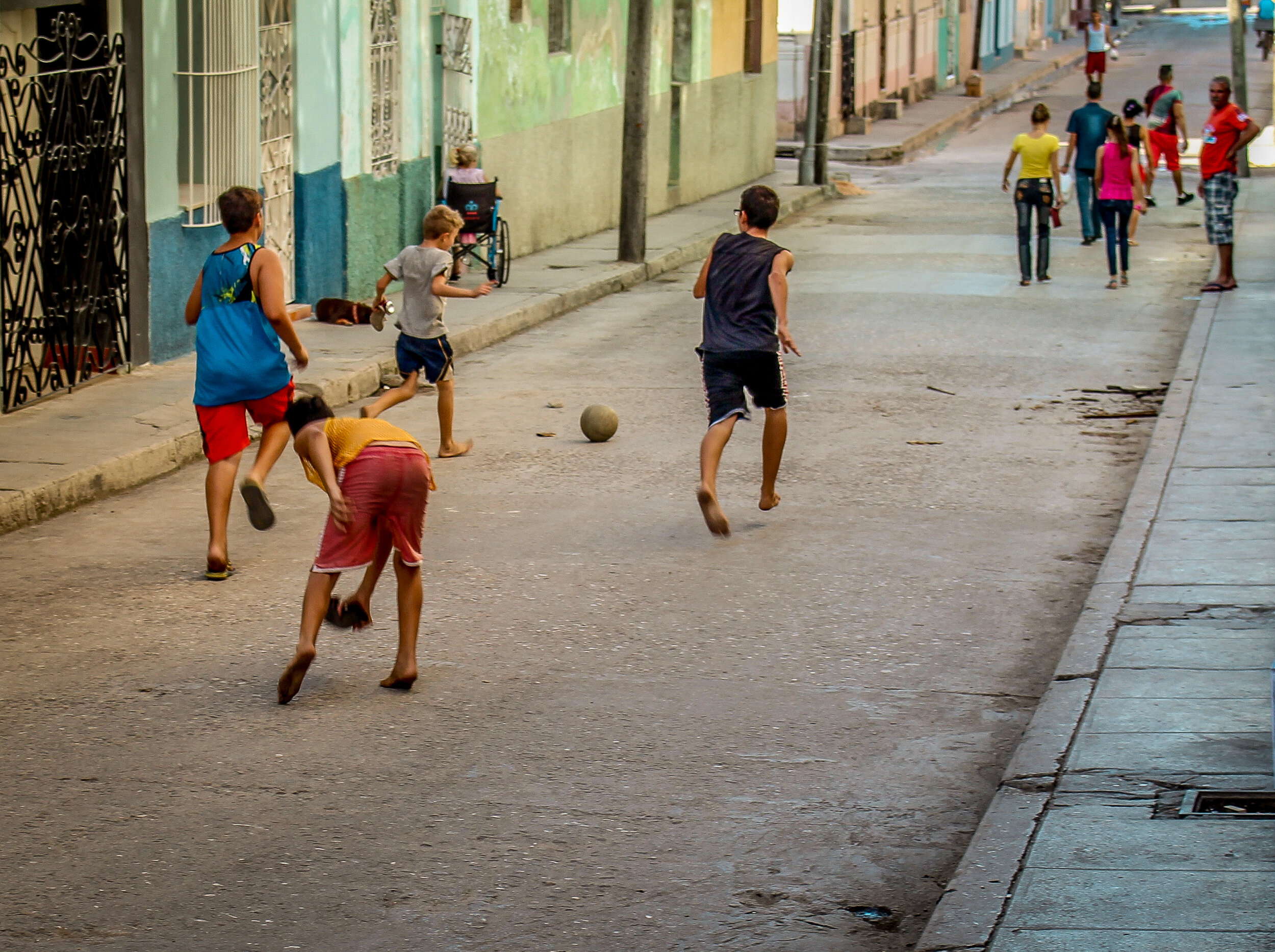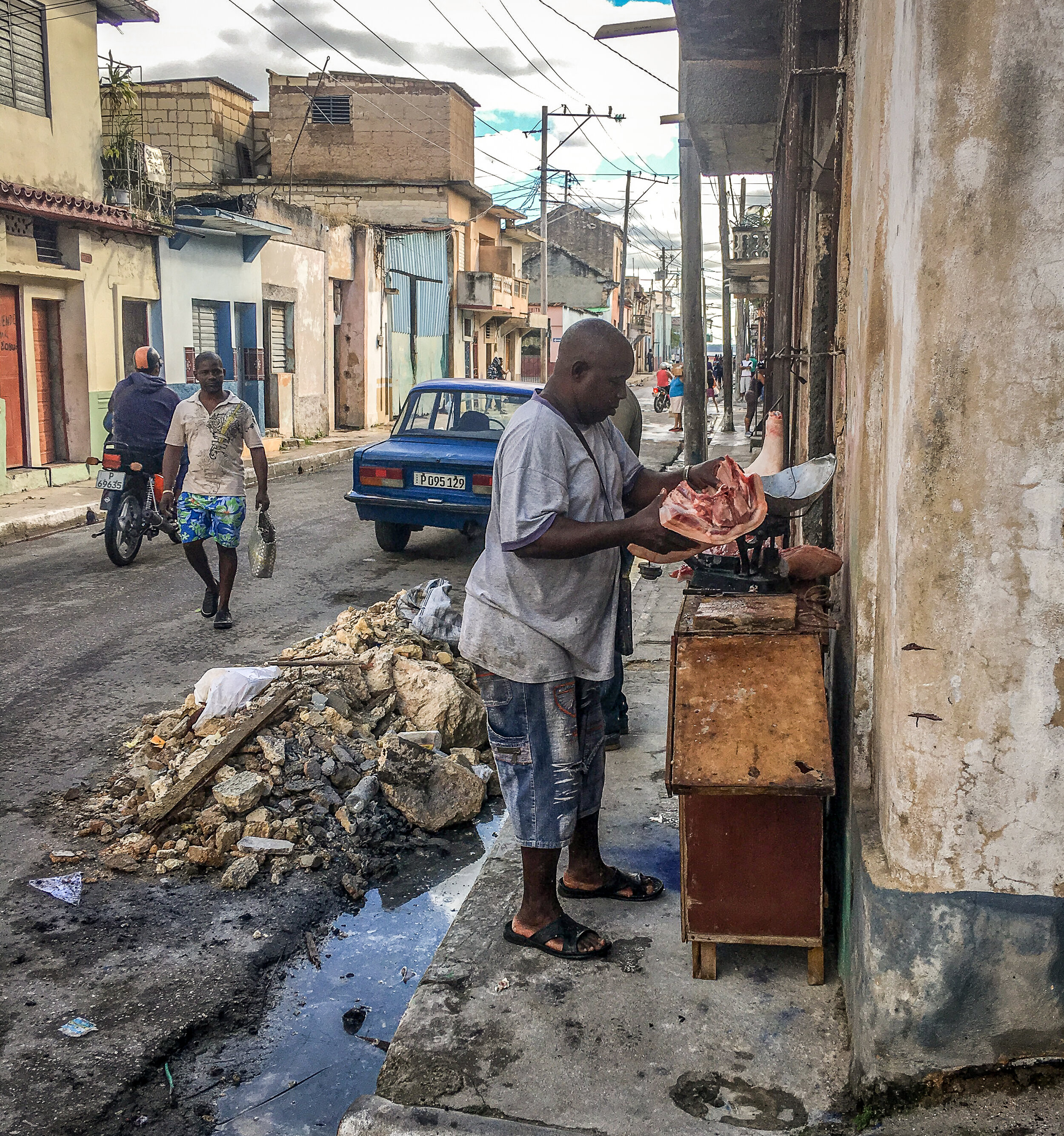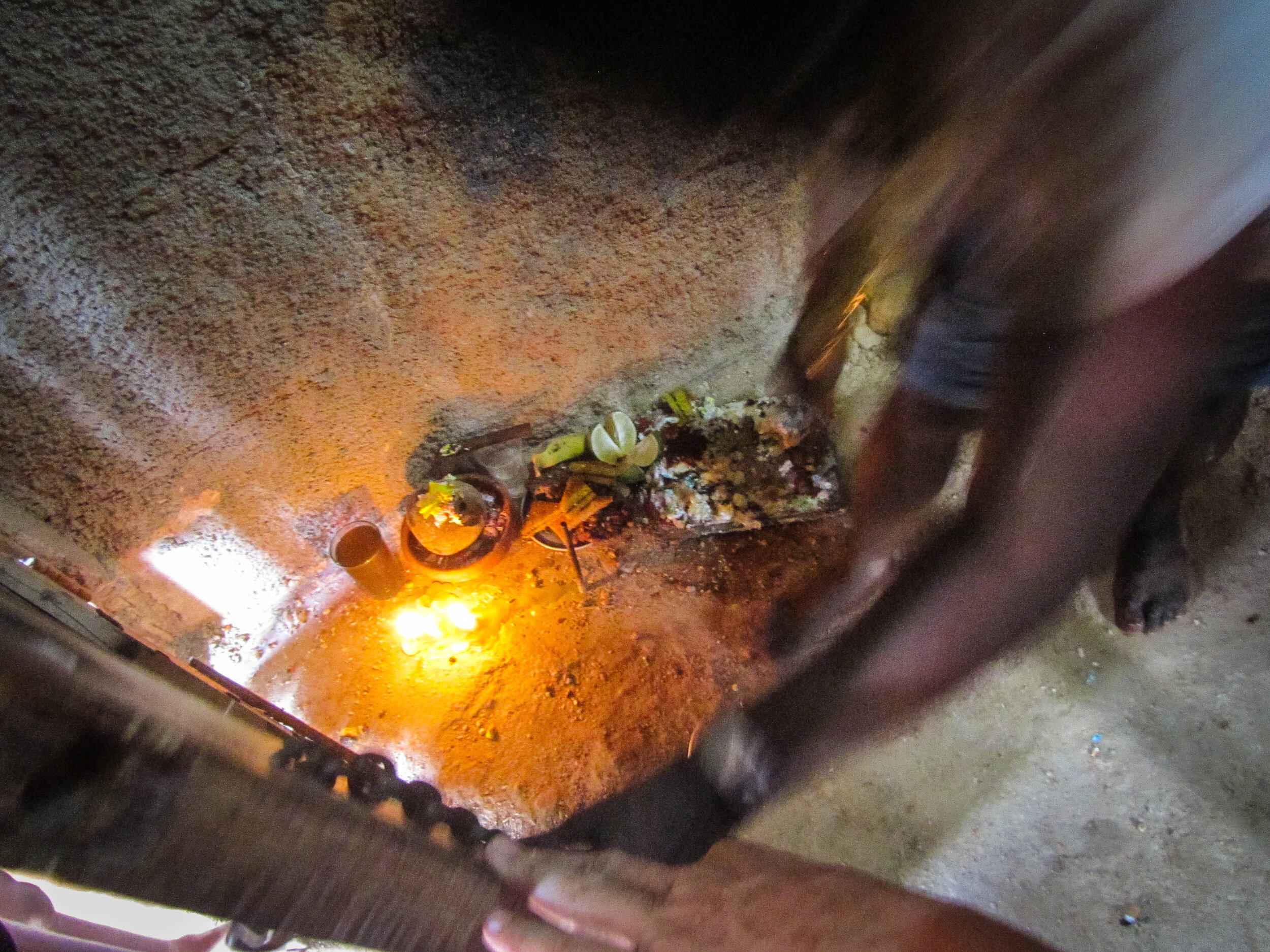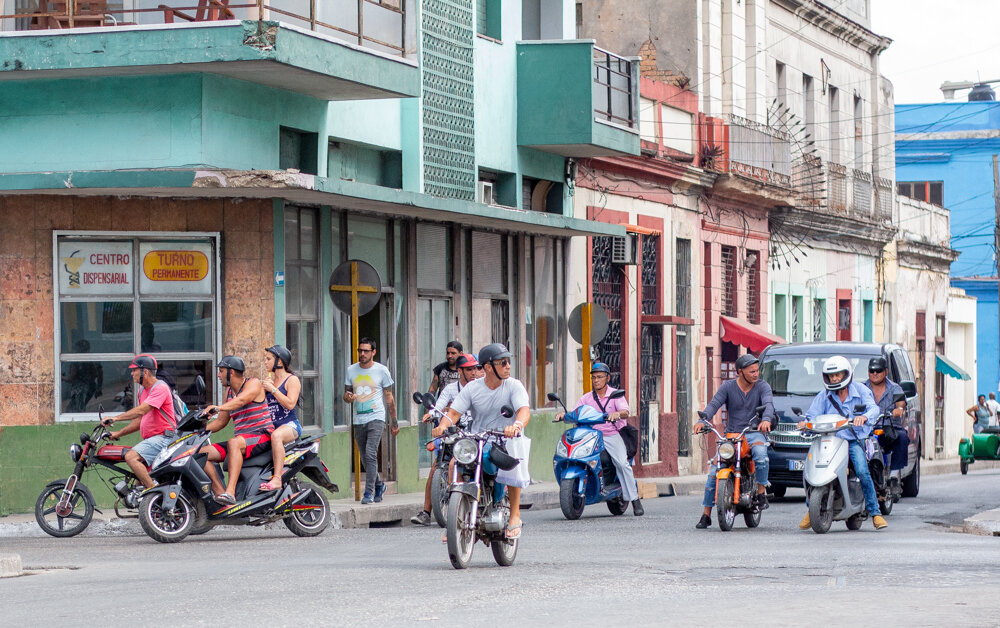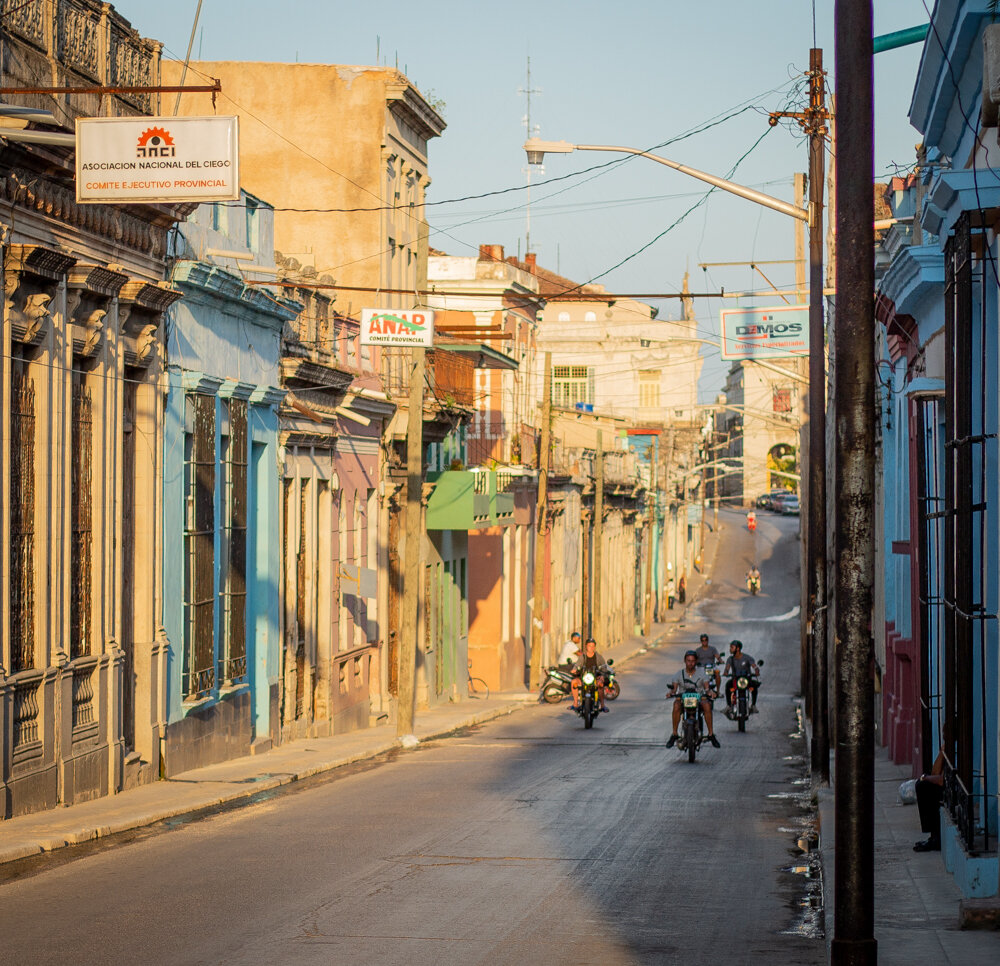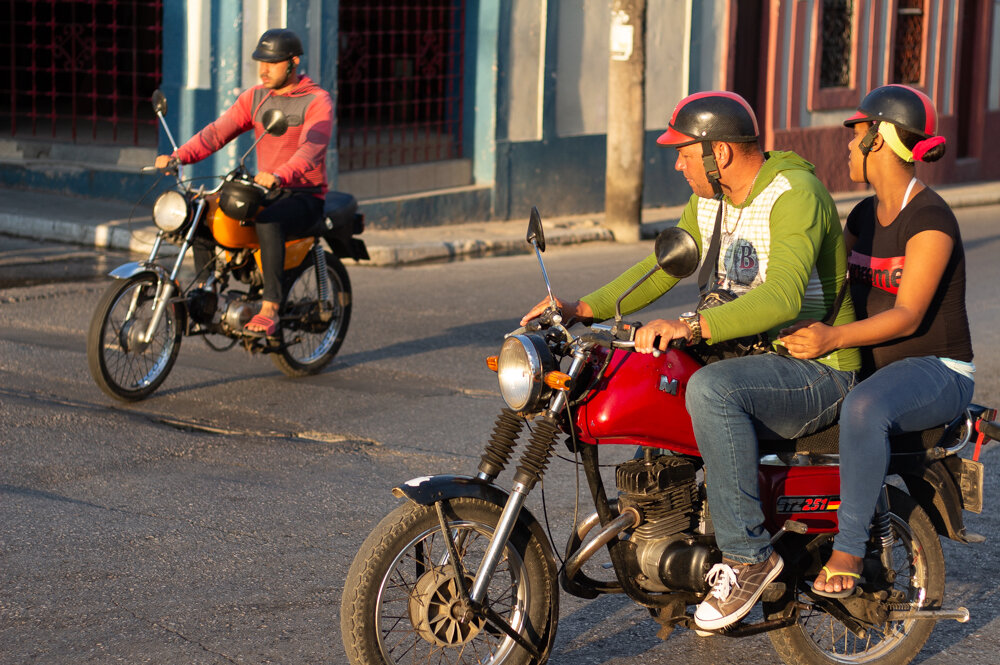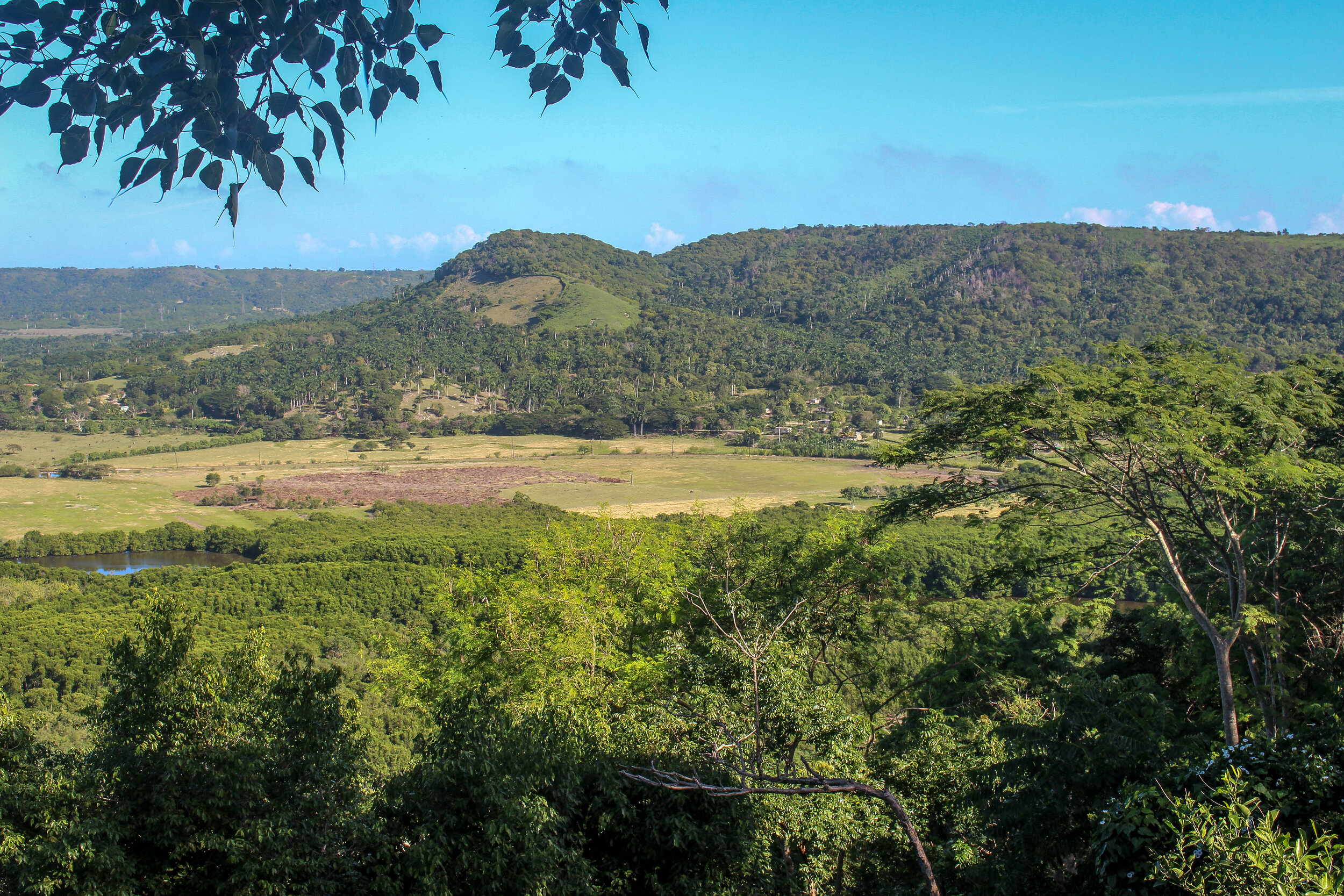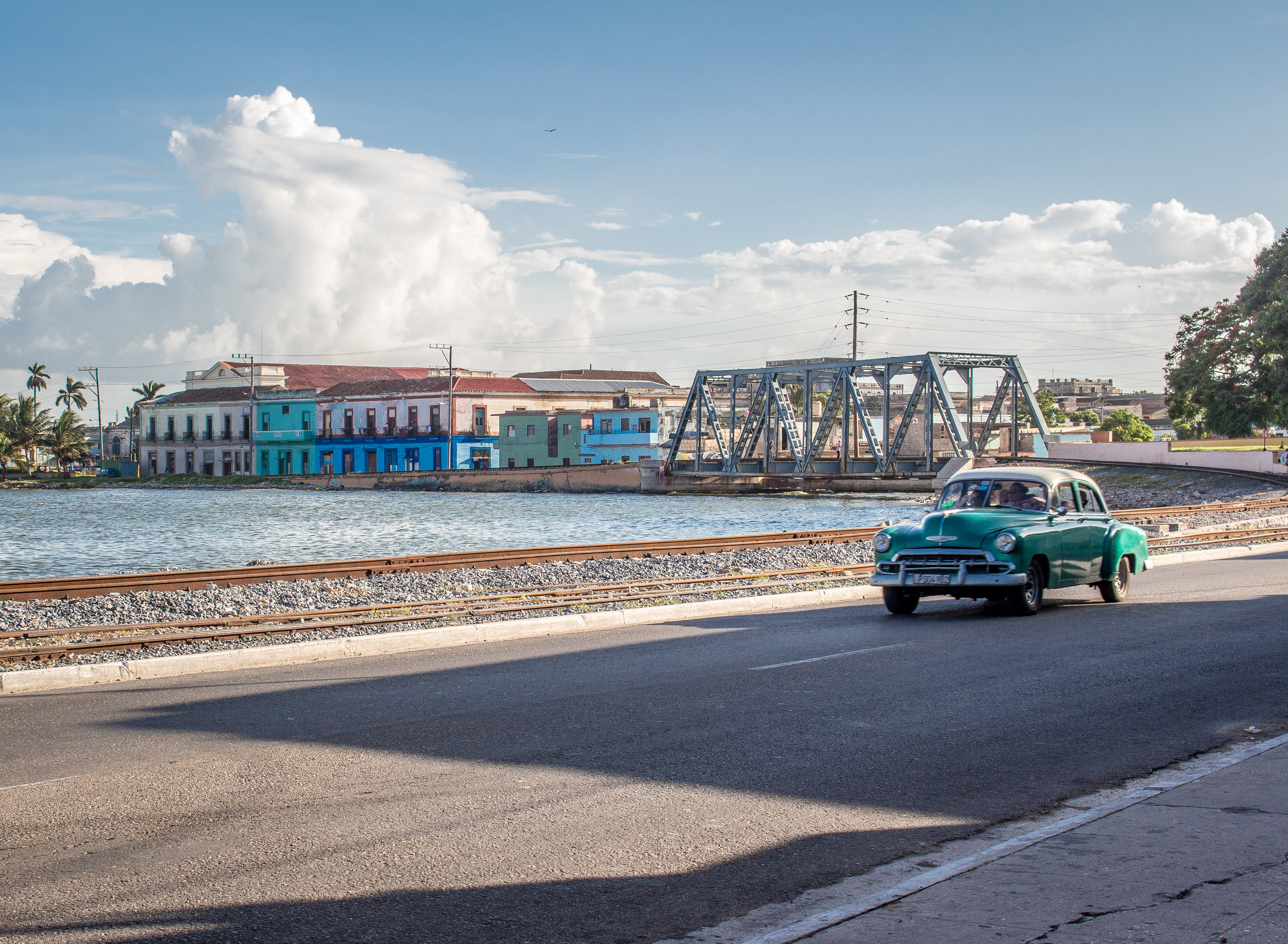
El Museo Memorial del Morrillo: From Spanish Stronghold to the Frontline of Freedom
It’s like the little brother to Castillo de San Severino.
That’s what the tour guide said in her introduction to this little fort, now simply referred to as ‘El Morrillo’ by the locals.
Originally named Batería de San Felipe del Morrillo, after King Philip V who ruled Spain between 1700 and 1724, this former fort and artillery battery is now an archaeological and historical museum. It’s strategically located on the southeast shore of the Bay of Matanzas at the mouth of the Canimar River, in a neighbourhood also referred to as San Felipe.
El Morrillo was first constructed in the mid-1700’s, starting with a watchtower around 1720, followed by the main building after 1760. It was an integral part of what’s called the ‘defensive belt’ of Matanzas. This ‘belt’ was comprised of four fortifications, including Castillo de San Severino and two others which don’t exist now, built to protect the Bay and the settlement against pirates and hostile invaders. Time, battle and the forces of nature took their toll on the original structure, and by 1807 it required almost a complete overhaul which involved the removal of the original watch-tower and a renovation into its present configuration. It was used as a naval station after the Cuban War of Independence in 1902, up until it was abandoned in 1934.
The most notable event took place here in 1935, when the fort was the site of a historic battle between Cuban soldiers and young revolutionary forces, resulting in the assassinations of two of Cuba’s most resolute freedom-fighters -- Antonio Guiteras Holmes (1906-1935) and Carlos Aponte (1901-1935).
Guiteras, of Cuban-American descent, planned and spearheaded the movement aimed at fighting against tyranny and the pro-imperialist regime in Cuba. Carlos Aponte, a Venezuelan, was recruited to be a member of this group of would-be insurgents lead by Guiteras. The plan was to leave Cuba by boat from the fort under the cover of darkness, and head to Mexico to prepare for the struggle against the government, returning later with soldiers trained, armed and ready for battle.
The boat was delayed, leaving time for the Cuban military to be alerted to the plan and to surround and attack them. The skirmish took place at a nearby hill on the ravine, and both Guiteras and Aponte were shot and killed. Now considered martyrs, a monument has been erected on that exact spot, and their remains are entombed at the fort itself. The old canoe which was used to transport their remains is on display there as well. The museum was declared a national monument in 1979.
I’ve been to el Morrillo twice, and I remember wishing that the state of the exhibits themselves – the lighting and the layout in particular – were a little more conducive to the importance of the artifacts and the stories behind them. The ongoing challenge with Cuba’s museums, especially those outside of major tourist centres, is the shortage of resources required to keep up with the ongoing restoration and conservation of their properties and collections. However, slow-but-steady improvements have continued over the last few years, and I’ve learned that there are more significant efforts being carried out now, in preparation for a return to tourism once the country opens to foreigners again.
Regardless, the best part of the tour on both occasions were the ladies who worked at the site. Acting as guides, they were clearly proud of their heritage, committed to their work and completely engaged in telling the story behind this piece of Cuba’s revolutionary past. As usual, it’s the human element that has the power to either make or break an experience.
It’s easily accessed just off the highway between Matanzas and Varadero, at the end of a street just off the west side of the Canimar Bridge. There is a fantastic view of the Bay from the rocky coastline where it sits, and there’s a tiny beach adjacent to the fort which is perpetually deserted. It’s not Varadero Beach - the water looks a little rocky - but it’s a sweet and quiet spot for a picnic after your tour.
El Morrillo may not be as popular a tourist site as Castillo de San Severino (I couldn’t even find it on Trip Advisor), but with its significant historical value it definitely warrants a visit.
Casino Español: from Lavish Ballroom to Provincial Library
I must have walked by this building a dozen times without fully appreciating its presence. It wasn’t until I was sitting at Cafe San Severino, a second-floor restaurant across the corner from it, that I finally noticed the name ‘Casino Español’ etched in stone above the arched windows.
I wondered what a Spanish casino would have been like during its heyday.
It’s one of the most spectacular buildings in Matanzas but it hasn’t been fully open in all the years I’ve been visiting the city. It’s easy to miss when you’re preoccupied with the noise and commotion on that typically busy stretch of Calle Contreras, between Santa Teresa and Ayuntamiento.
I was lucky enough to wander around inside accompanied by an elderly Cuban gentleman in charge of watching over the place, before the first level was closed for renovations. It looked like some sort of library but the furnishings were so sparse I couldn’t quite wrap my head around how it functioned. I didn’t speak enough Spanish back then to solicit, much less understand, an explanation of what I was seeing.
It was rainy that day, the air was damp and the interior smelled of musty old book bindings and antique wood. There were a handful of aged wooden library stacks, beautiful ornate columns and chandeliers hanging from the high ceiling. Down the centre of the room was a row of tables piled high with hundreds of very old books that looked like they’d been untouched for decades. They were covered in cobwebs and insects and bird feces. The guard watched me closely as I took out my camera to snap a few photos of the architectural details, but he gave me an emphatic finger-wave when I asked permission to include the tables in the frame.
The magnificent Carrara marble staircase leading to the second floor was sandwiched between two walls which I’m certain were not integral to the original design. Whatever retrofit they were part of did more to hide the beauty of this incredible feature than to enhance it. The second floor was similar to the first in terms of space and function – there were books, shelves and a few tables where a handful of people were reading and working quietly.
I wanted to know the history, but nobody I knew at the time could provide it. It’s remarkably difficult to find good information about Cuban cities, outside of Havana and a few of the more popular tourist destinations, online or anywhere else. After mining for details, I was finally able to piece together a snapshot of the back story behind Casino Español.
Initially called Principe Alfonso XII Casino, it was constructed around 1864 as a single storey building in the Neo-Renaissance style. With a grand ballroom and several galleries leading off of it, a billiards room and balconies overlooking the hall below, it served as a meeting and entertainment venue for the wealthy members of society at the time. It was a place where distinguished Matanceros could indulge in events which kept them culturally connected to their homeland of Spain.
In 1897, the building was destroyed by fire but was rebuilt in 1901. This time it had a second storey, topped with the royal Spanish Coat of arms cast in stone and flanked by two terra cotta lions brought from Barcelona.
In 1962 (just a few years after the start of the Revolution), the Gener y Del Monte Library, believed to be the first public library established in Cuba, relocated into the building where it remains to this day. Tomás Gener Bohigas (a politician involved in the civic development of Matanzas) and Domingo Del Monte (a lawyer and Cuba’s first literary critic) were instrumental in the foundation of the library, hence the name.
The stone frontispiece above the second floor will forever read ‘Casino Español’ but the bronze plaque beside the main entrance reads ‘BIBLIOTECA GENER Y DEL MONTE’. I understand now that this library held some of Cuba’s most valuable and rare book collections, so it makes sense that I wasn’t allowed to photograph those buried under the cobwebs. I wonder how and why such precious objects would be allowed to deteriorate to such a state, and for so many years.
There’s a hint of sadness at the thought of all of that beauty in decay.
However, being present in such a grand space and surrounded by architectural details of the period, something else comes to mind as well. Imagine the ballroom filled with elegantly dressed ladies and gentlemen gliding across the marble floors to Miguel Failde’s famous danzón composition ‘Las Alturas de Simpson’. That’s how the high society of Matanzas would have rolled back in the early 1900’s.
This historic site has been in a constant state of repair and renovation for at least the past six years. If there is a timeline for completion, and if it’s anything like that of Teatro Sauto, it will be another three or four years before we’re able to enjoy the finished product.
That doesn’t mean you can’t stop and wander around inside if you’re walking by someday and the door happens to be open. If nothing else, it will always be a beautiful work in progress.
La Marina: A Gritty & Culturally Essential AfroCuban Neighborhood
I confess.
When I initially arrived in Matanzas on my first trip, I couldn’t tell one neighborhood from the next. On the surface, the buildings, streets and bridges all looked the same to me.
Now, after spending time working my way into the fold here, it’s become clear that each one has unique and defining characteristics. Each has their own distinctive vibe. I suppose that’s a testament to the virtues of travelling slowly.
Downtown has a typically noisy urban buzz, with its cars and motos racing around Parque de la Libertad, and its patios alive with music and people. La Playa is the coastal neighbourhood in the east end, with pretty houses perched on rocks lining the bay, and quiet streets where many expats reside. Los Mangos is at the top of the city where you’ll find the absolute best view of the Yumurí Valley, and where it always seems to be 5 degrees hotter than anywhere else in Matanzas.
Then there’s La Marina. It’s the gritty barrio which lies between the main street of Contreras and the Río Yumurí, and where the pulse of AfroCuba resonates loudly and everyday life vibrates at a little higher frequency.
Barbaro, Los Muñequitos de Matanzas
Rhythm
Music is always somewhere in the background in La Marina. Sometimes it’s reggaeton but most of the time it’s rumba, because this is the city and the neighborhood where the genre, based on African music and traditions, originated in the late 1800’s. Cuba’s best-known rumba group, Los Munequitos de Matanzas, resides here on Calle Manzano and they, along with the popular Grupo AfroCuba de Matanzas, frequently perform live in the street. Between the concerts, the batá drum ceremonies and the Santeria rituals which happen regularly, it sometimes seems as though the sound of beating drums, even if it’s only faintly in the distance, is unavoidable.
Artist’s Studio, Michel M.M.
Art
Matanzas, in general, is a force to be reckoned with when it comes to artistic endowment – there are poets, painters, photographers, sculptors and graphic artists galore, not to mention the abundance of performers such as dancers, musicians, mimes and acrobats. La Marina has its share of all of those, something which has become even more evident within the last couple of years. Murals have begun to appear, transforming some of the shabby facades along Calle Daoiz into giant canvases displaying the work of a local painter whose studio is located there. If you’re short on time, this is the one street I recommend you do not skip, especially the area between Calles Jovellanos and Magdalena.
Squalor
There’s no getting around it – sections of this barrio can be straight-up filthy. Down by the bend in the river at the end of Calle Ángel, a chunk of the retaining wall is missing, allowing the water to flood that corner regularly, bringing with it the garbage and debris that collects there. It takes some skill to dodge the mosquito-infested puddles which never seem to evaporate or drain from within a two-block radius of this particular spot. If you’re wearing flip-flops, I recommend avoiding this corner altogether.
Streetlife
More than any others, this is the cultural element bound to make you feel as though you’re part of the local scene. The best time to explore La Marina is after 5pm, when people are home from work, school is out and dinner prep is in progress. You’ll need to bob and weave between the vignettes of activity – the fresh laundry slung overhead, the pop-up domino tables in full swing, barefoot kids playing fútbol and tossing a baseball from one side of the street to the other. This is also the time when you’re apt to find a vat or two of caldoza or chicharrón cooking over an open fire, neighbors chatting in their doorways and abuelas rocking their grandchildren to sleep as they sit by the front window to catch the cool evening breeze.
Nelson Barrera Cultural Centre
Community
One of the most endearing aspects of Cuba is the undeniable sense of community that seems to be present everywhere. People know their neighbors, they help each other, they look out for each other’s children and care for their elderly loved ones. Sharing a common struggle is something that binds a group of people (or an entire island) together, and people tend to struggle just a little more in La Marina than elsewhere in the city. Perhaps that’s the reason why the sense of community seems particularly strong here. With the presence of organizations like the Nelson Barrera Cultural Centre, which promotes an inclusive approach to the maintenance and development of AfroCuban culture, the community is actively engaged in efforts towards making everybody feel like they matter.
As grimy and dishevelled as parts of it may be, there is no denying that La Marina is one of Matanzas’ richest neighborhoods culturally-speaking. Wander it slowly, explore it with open eyes and an open mind. You’ll need this essential piece of the puzzle in order to understand and appreciate the city beyond its surface.
What Drew Me to Matanzas, and What Keeps Me There
The view from the top of Versalles
I could write/talk/listen/think on this subject for hours at a time.
When Sarah from Havana Adventures Day Tours invited me to ‘takeover’ their Instagram account for a few days (to collaborate by way of sharing my own content through their feed), I jumped at the chance.
Here, I string all five entries together, with some minor revisions for the purposes of flow, as a way of highlighting a handful of the most endearing features of this gritty and engaging city.
1. THE HOOK
The thing that initially drew me to Matanzas in 2014 was the fact that it wasn't yet on the map as a place of interest to tourists, but it was easy to get to because of its proximity to both Varadero and Havana. What keeps me going back is the fact that it's so easy to feel like a local there, and the opportunities to connect with local people - to hear their stories, to exchange ideas, to expose yourself to all of the layers of real Cuban life - require almost no effort beyond a simple 'Buen día'. Locals like Armando, working in his family's stone fabricating shop along the Hershey train tracks, are almost anxious to invite you in and not only tell you about themselves and their work, but also to hear about you and your family and your life back home. Matanzas is also very rich in terms of arts and culture, even more so now that the core has been revitalized with a focus on venues for live dance, music and theatrical performances, as well as art galleries and photography exhibits. There is a very large creative community here, which is why it’s often referred to as The Athens of Cuba.
2.THE AFROCUBAN AFFECT
One of my favourite things about Matanzas is the prevalence of AfroCuban elements - not just on display at Castillo de San Severino and the Museo de la Ruta del Esclavo, but actually weaved into everyday life. The city and province played a major role in Cuba’s history with slavery, and that legacy is anchored in its past and present culture. In certain neighbourhoods, it's not uncommon to stumble into a Santeria ritual or a toque (a batá drum session) in progress, and to be invited in to observe or even participate. If you hear drums beating while exploring the streets of this city, make it your mission to find the source - it's a sign that there's something really interesting happening nearby.
3.THE STREETLIFE
One of the most vibrant neighbourhoods to wander through in Matanzas is la Marina. Interestingly, it's also the place that foreign visitors are most often steered away from by some casa owners and others in the tourism industry - they'll tell you it's dirty and unsafe. While it definitely has its 'unhygienic' areas (especially along the river where the decaying breakwall allows water from Rio Yumurí to flood some of the streets), it's absolutely worth exploring . What's most notable about la Marina is how active the streets are, from the cauldrons of caldoza bubbling over open fires in late afternoon, to the multiple tables of dominoes being played at Rumba Park to the locals helping their amigos wrangle a pig en la calle. My advice? Don't skip this neighbourhood - just throw on a pair of closed-toe shoes and slather on a little extra bug repellent before you go.
4.THE MOTO TAXIS
By far, the easiest and fastest way to get around Matanzas is by moto-taxi. The number of motos zooming around this city has seemingly exploded over the last couple of years. It's added to the noise factor in the downtown core but it's also enhanced accessibility to different neighbourhoods, especially those in the hills which are sometimes served by nothing more than a dirt path. And there’s an undeniable sense of freedom that comes from being on a bike which simply can’t be achieved from the backseat of a beaten-up Lada whose windows don’t roll down. The best thing is, all you have to do to flag one down is stand on the sidewalk, make eye contact and nod. Motos are my favourite mode of transportation here, hands down.
5.THE RITUAL
For me, every trip to Matanzas begins and ends with a visit to Ermita de Monserrate - the church on top of the cliff overlooking both the city and the spectacular Yumurí Valley. I remember the first time I walked up to the railing at the lookout point - it literally took my breath away. It still does, every time I'm there. It also happens to be the best place in the city for watching both the sunrise and the sunset. I believe that rituals are one of the keys to meaningful travel. Monserrate is my ritual, where I begin with inhaling the fresh air from the Valley and end with exhaling and reflecting on my time there. It's my happy place.
